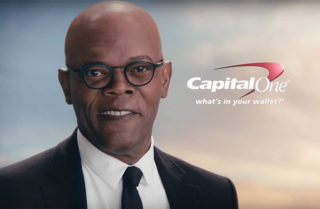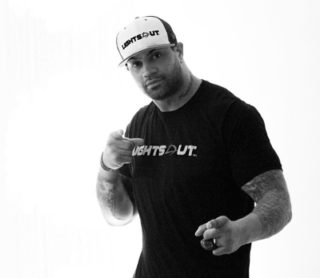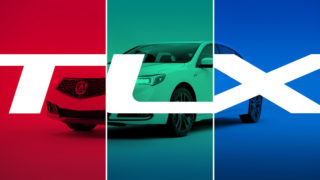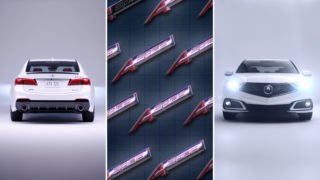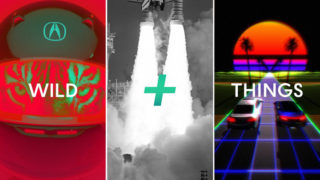From the title, Get Even sounds like an action-packed revenge game in which players burst onto the scene, guns a-blazing. Instead, this psychological thriller by The Farm 21 and Bandai Namco leaves players questioning reality—set against a 3D audio soundtrack that is generated in real-time. Pioneering this technology is award-winning composer Olivier Derivière (Remember Me, Assassin’s Creed VI: Freedom Cry), who joined AListDaily to explain how Get Even draws players into a world within a world . . . but never the same way twice.
“It is an experience that will always surprise players,” said Derivière, who MTV dubbed Game Music’s Eclectic Daredevil. “This is one of the unique aspects of the game—you can’t expect what is next. The second unique aspect is the pacing. It never stops. If you are eager to play something that will never let you wonder what to do next, this game is for you!”
Derivière’s first video game score was for Obscure, a survival horror game by Hydravision Entertainment. While both Obscure and Get Even are frightening in their own ways, the composer sees them as very different experiences.
“You have different types of horror,” he explained. “In Obscure, [the horror element] was mainly suspense and scare jumps. In Get Even, it is much more visceral. Let’s just say that in Obscure, the horror was descriptive [but] in Get Even it’s an inner feeling—something that makes you feel wrong, oppressed [and] insecure. You can’t write music the same way—when you are descriptive, you compose musical scores but when you want to become visceral, it is much more about textures [and] drones.”
Derivière has incorporated a number of environmental sounds into the Get Even score, including a ticking clock. He went on to explain how sounds within the environment will tie into what’s happening on-screen.
“Get Even is a thriller [and] by that I mean it is a game with lots of questions, clues and twists that all have to make sense. The ticking clock is the most iconic part of the audio. A clock represents time, and time is irrevocable, indifferent . . . it could be fate. But in the game, you also have a ticking bomb attached to a girl in the opening scene that will explode [no matter what] happens. And finally, you have time travel—not in a sense that you’re physically going back in time, but you are using a device, ‘the Pandora,’ which allows you to go back in your memories—back in time. [The ticking clock] is not the only sound you will hear but I won’t spoil [it for] you—this game will play with you as much as you will play with it.
“Get Even is not a VR game, although it happens mostly inside a [simulated] VR environment thanks to an [in-game] device named the Pandora. It’s like a helmet. Nowadays lots of gamers are using headphones while playing and we wanted to take advantage of that. So, when you plug in your headphones, you will be completely absorbed by your surroundings. Every light bulb, every room tone, every window . . . anything in the game that emits a sound is dynamically transcribed to your ears by using Auro-3D, a technology that makes your sonic perception much more natural than before.
“Instead of creating an illustrative music that would be totally disconnected from the scenery, I wanted to play with the [environment] sounds. Imagine that anything you hear can be part of my musical score—a steam pipe, a light bulb, a train. Now music is happening in real-time around you. Not in a fashion that [allows you to] pinpoint the musicality of it, but much more in a way that you start feeling the world around you as a living, breathing creature . . . but is it a world? Is it real?”
Bandai Namco has used the game’s soundtrack as a powerful marketing message, putting Derivière front and center alongside Get Even‘s producers. The score will be performed live at the game’s European pre-launch event in London this month. In addition, those who pre-order the game on PSN or Steam will receive the soundtrack as a bonus.
Pre-order #GETEVEN on PSN & Steam to get the soundtrack composed by @oderiviere
PSN https://t.co/3uDySvDUyt
STEAM https://t.co/0YnRZByoRb pic.twitter.com/zyKFXPWdBZ— Bandai Namco UK (@BandaiNamcoUK) May 3, 2017
“When I first heard about Get Even, I thought that it would be amazing to have such an experience,” Derivière said. “It was so unique, so fresh and so mesmerizing. It is very difficult to describe this game as it takes a lot from many other games to build its singularity. I really thought it would never come out the way it was originally designed, but look at us today! It is done! Musically speaking, I must say I put a lot of my own life into it. I can’t speak much about it, but this game is not about saving the world or killing zombies. It is about our mistakes and the regrets that come from them. It was a privilege to be part of this production and I hope players will enjoy the ride!”
Get Even releases May 26 for PSN, Xbox One and PC.

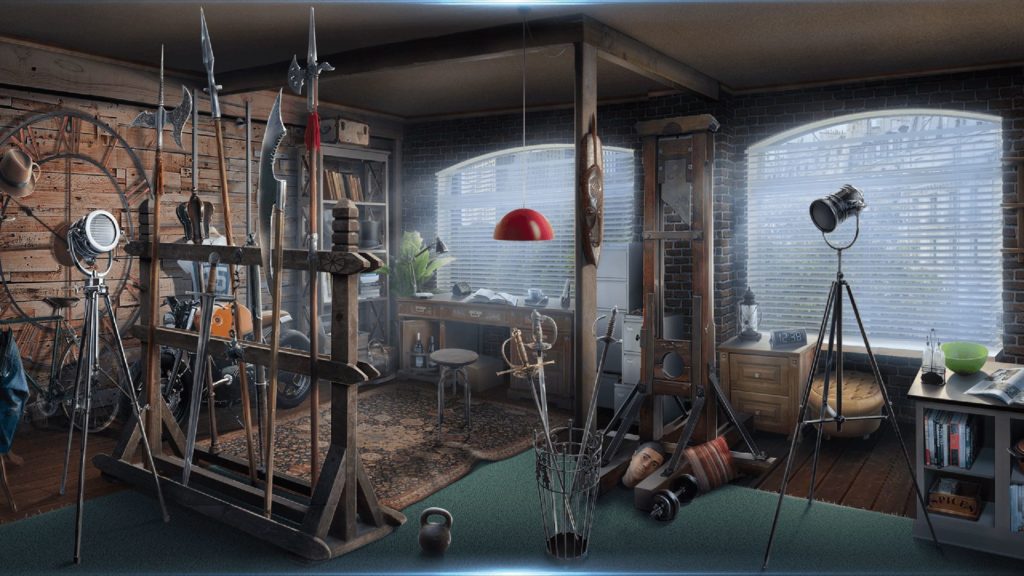
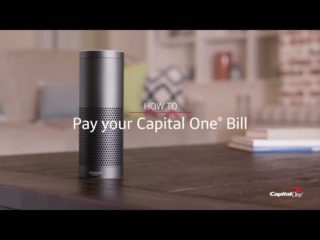 Can you take us through your day-to-day with some of the responsibilities and the strategy that you oversee?
Can you take us through your day-to-day with some of the responsibilities and the strategy that you oversee?
